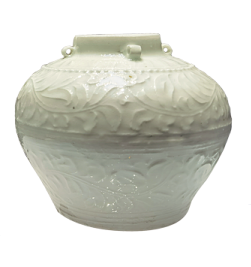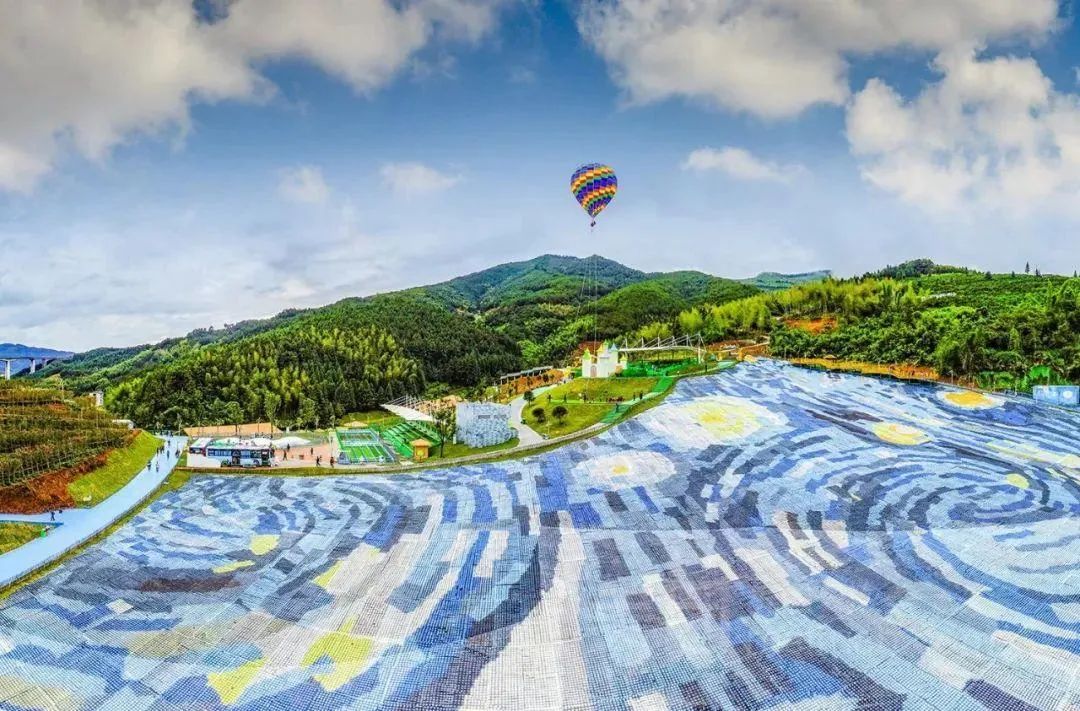A place at home with history

A Dehua porcelain jar found in Nanhai One. [Photo by Wang Kaihao/China Daily]
East-West communication
Quanzhou, which witnessed a booming maritime trade from the 10th to 14th centuries, is like a gateway embracing a multicultural community.
"Trade brought Quanzhou not only an influx of goods from all over the world," says Huang Haojing, a researcher at Quanzhou Maritime Museum.
"During the Song-Yuan era, a large number of foreign merchants came to live here. They participated in social affairs and married Han Chinese. Some even became officials. They gave Quanzhou a distinctively cosmopolitan characteristic."
In Jinjiang, Quanzhou, Cao'an Temple on the cliff seems isolated.
When it was first built in the 10th or 11th century during the Song Dynasty, the temple was made from thatch. That also explains its name Cao'an, which means "a temple of thatch". In 1339 during the Yuan Dynasty (1271-1368), a stone chamber was added.
Lacking any ostentatious appearance, far away from the commercial district, the simple-looking temple is like a perfect place for a hermitage, and it has reason to be included in the 22 monuments across Quanzhou becoming World Heritage sites.
A statue of Mani in the stone chamber, also carved in 1339, is the world's only surviving rock carving depicting the main god of Manichaeism, a worldwide religion active from the third to 15th centuries, according to Wu Jinpeng, director of Jinjiang Cultural Heritage Conservation Center.
Manichaeism originated in Persia during the third century on the basis of Zoroastrianism. It was introduced into Quanzhou in the ninth century, and was then known in China as "the religion of light".




